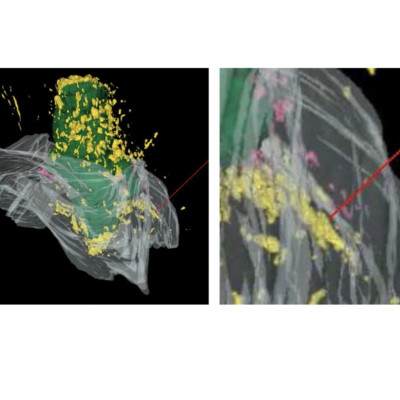Publication
Modelling biological invasions: Individual to population scales at interfaces
J. Belmonte-Beitia, T. Wooley, J. Scott, P.K. Maini, E. Gaffney
Journal of Theoretical Biology, 334, 1-12 (2013).
MOLAB authors
Abstract
Extracting the population level behaviour of biological systems from that of the individual is critical in understanding dynamics across multiple scales and thus has been the subject of numerous investigations. Here, the influence of spatial heterogeneity in such contexts is explored for interfaces with a separation of the length scales characterising the individual and the interface, a situation that can arise in applications involving cellular modelling. As an illustrative example, we consider cell movement between white and grey matter in the brain which may be relevant in considering the invasive dynamics of glioma. We show that while one can safely neglect intrinsic noise, at least when considering glioma cell invasion, profound differences in population behaviours emerge in the presence of interfaces with only subtle alterations in the dynamics at the individual level. Transport driven by local cell sensing generates predictions of cell accumulations along interfaces where cell motility changes. This behaviour is not predicted with the commonly used Fickian diffusion transport model, but can be extracted from preliminary observations of specific cell lines in recent, novel, cryo-imaging. Consequently, these findings suggest a need to consider the impact of individual behaviour, spatial heterogeneity and especially interfaces in experimental and modelling frameworks of cellular dynamics, for instance in the characterisation of glioma cell motility.















